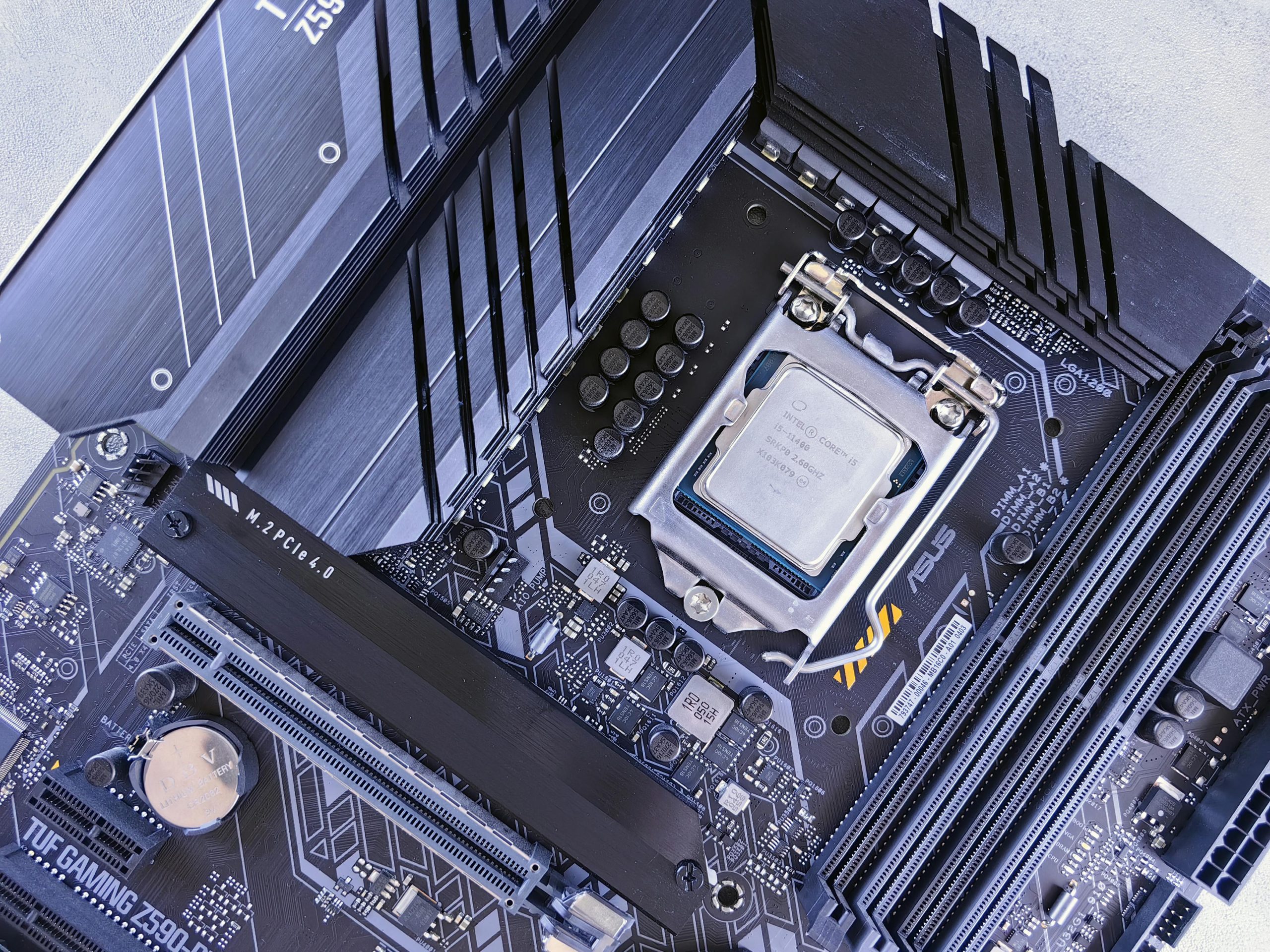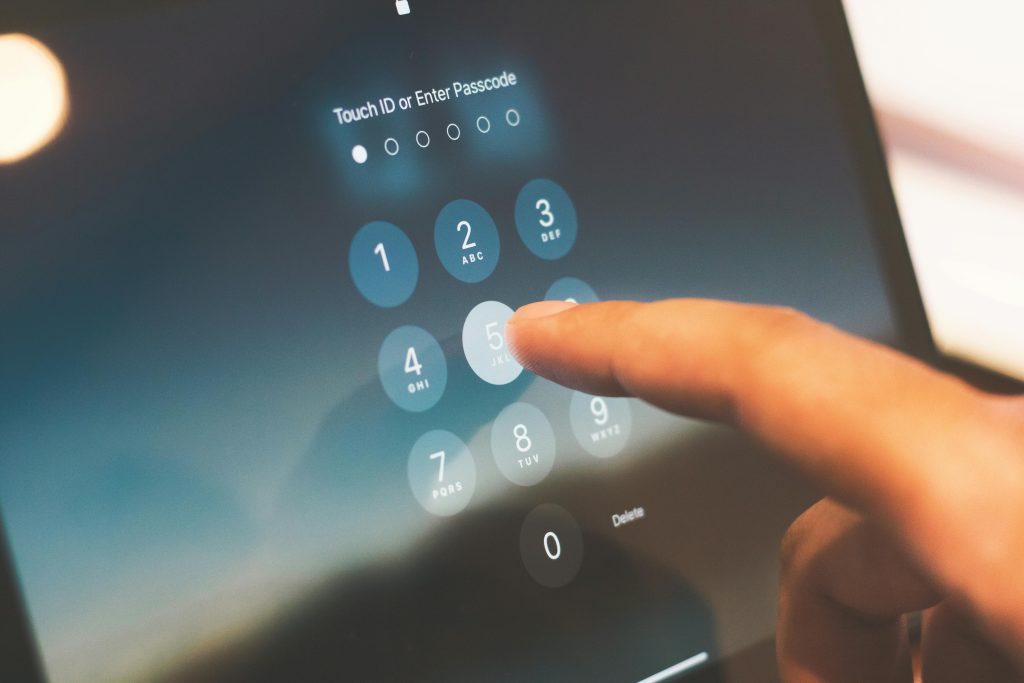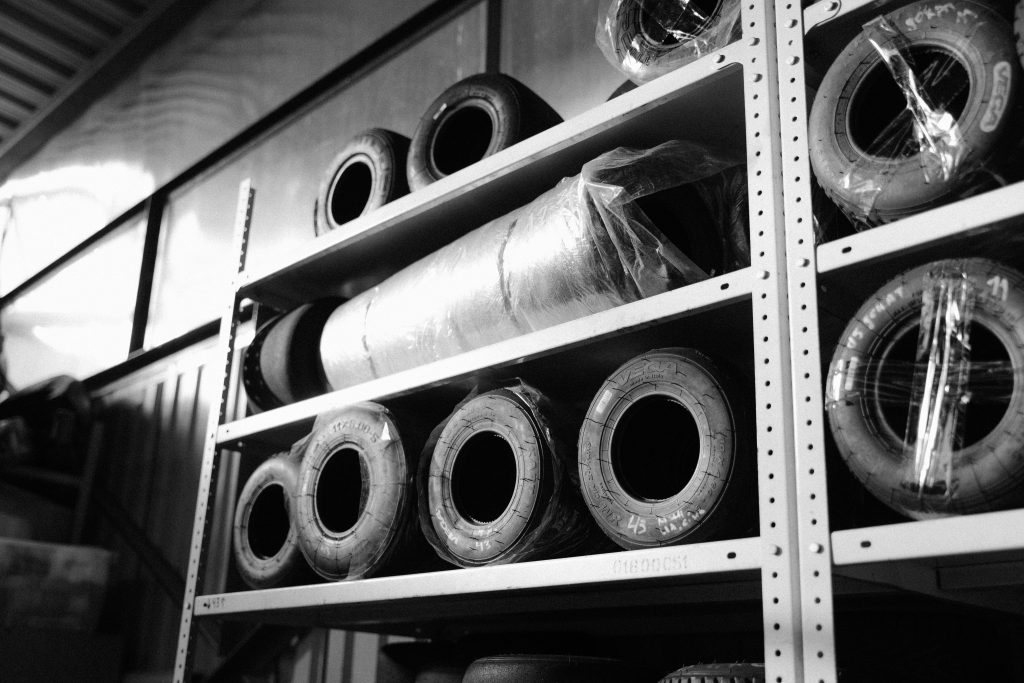Understanding and Resolving ASUS B365-F Gaming Motherboard NVMe/PCIe Conflicts: A Technical Overview
Introduction
Building a high-performance gaming PC requires meticulous component compatibility and proper configuration. Occasionally, certain hardware conflicts can lead to startup issues, stability problems, or peripheral conflicts. This article explores a real-world scenario involving an ASUS ROG STRIX B365-F GAMING motherboard paired with an Intel Core i7-9700F CPU, NVIDIA RTX 5070 GPU, and multiple NVMe storage devices. The problem manifests as delayed boot times, system instability, and graphical artifacts during USB device connection, potentially rooted in NVMe and PCIe lane conflicts or power delivery issues.
System Configuration Summary
- Processor: Intel Core i7-9700F
- Graphics Card: NVIDIA RTX 5070
- Motherboard: ASUS ROG STRIX B365-F GAMING (Intel B365 chipset)
- Memory: 32 GB DDR4 HyperX (2 x 16 GB)
- Power Supply: Deepcool 1000W
- Storage Devices:
- M.2_1: 256 GB NVMe SSD (Intel)
- M.2_2: 512 GB NVMe SSD (Patriot)
- SATA_1: 2 TB HDD
Initial Symptoms and Troubleshooting
The system was initially built with a fresh Windows installation. First boot attempts revealed inconsistent restart behavior, with the system sometimes failing to power back on after shutdown, displaying only an orange LED on the motherboard indicating a RAM check error. Key troubleshooting steps included:
- Updating BIOS to the latest version (2021)
- Resetting CMOS and replacing the CMOS battery
- Removing all drives and peripherals
- Moving the GPU to alternate PCIe slots
- Clearing BIOS settings
- Forcing PCIe bus to Gen3.0 manually in BIOS
Success was achieved by setting the PCIe link speed manually, suggesting potential issues with default PCIe configuration or microcode compatibility.
Persistent Problems and Observations
Despite initial progress, the system exhibited continued instability:
- Slow boot times necessitating pressing Ctrl+Alt+Del to proceed
- USB devices causing graphical artifacts and instability
- Motherboard LEDs indicating RAM or CPU errors in certain stages
- The system only booted successfully after specific workarounds
Additional symptoms included:
- The motherboard RGB lighting blinking during startup
- Fans spinning but lack of USB power during early boot
- Motherboard transitioning from orange to green
Share this content:



